Use These Assistance Moves To Improve Your Olympic Lifts
These moves will help you progress to heavier weights when you’re Olympic lifting
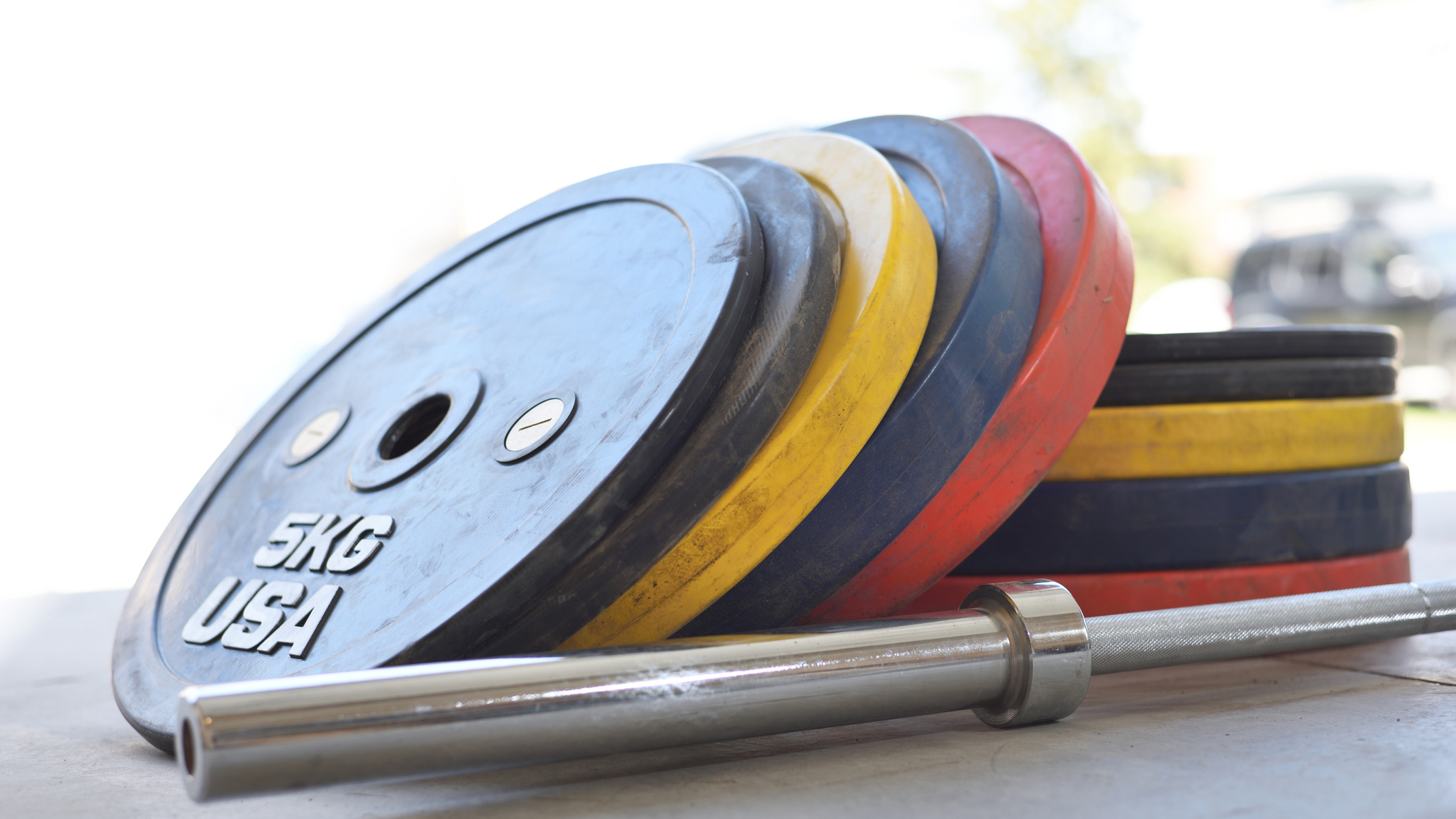
Performing heavy Olympic lifts can be problematic – not only because you’re lifiting massively weighty plates but also because most gyms frown when you drop a 100kg bar on the floor after you’ve finished a set. These four assistance moves will help you perfect the form you need to go bigger, avoid injury and, due to the fact that you’re using lighter weights, stop you getting told off by nearby personal trainers because you're no longer making an awful racket when you drop the bar.
1 Power jerk
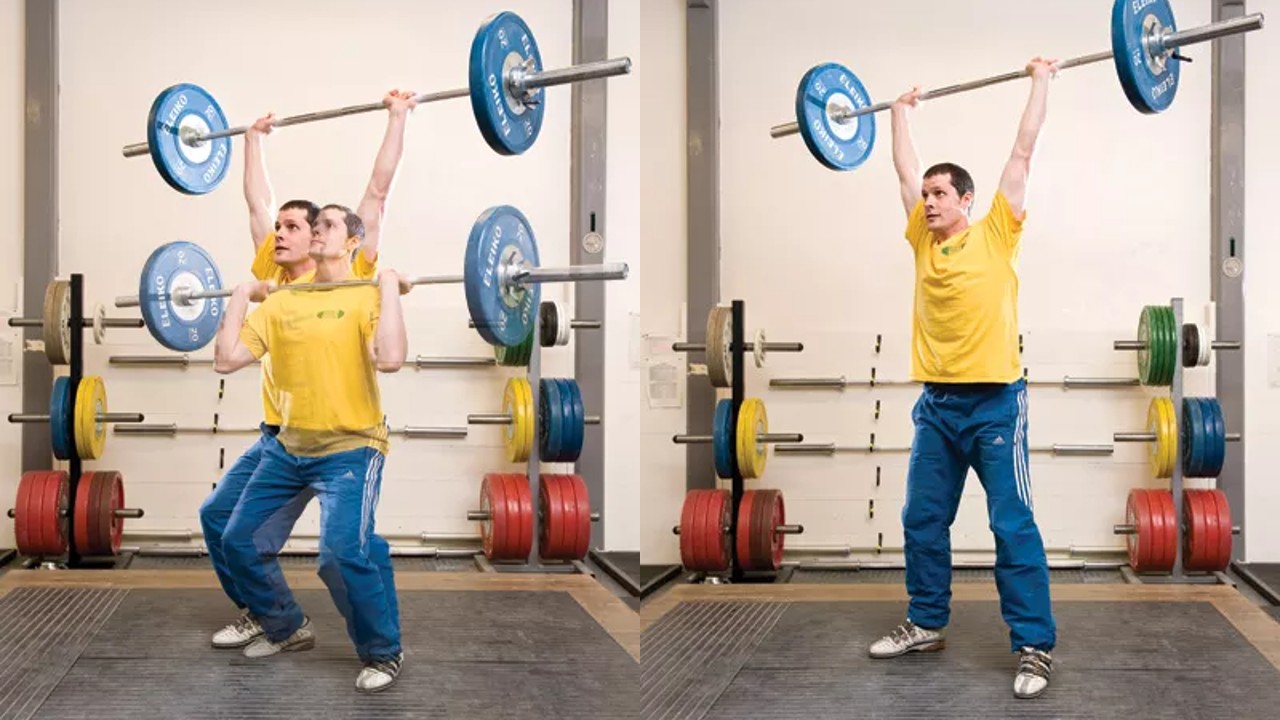
A progression from the push press. You’re still using a strong drive with the legs and a hard drive with the arms, but this time you bend your legs to receive. Keep your chest up and your back tight. Start like a push press, with a quarter-squat and a hard drive. Now quickly perform a second dip to receive the bar with your arms locked out.
Straighten your legs to finish. Because you’re catching with your legs slightly bent rather than finishing with your triceps, you should be able to use more weight. This is good for racquet sports, or for anyone who uses arm and leg power together.
2 Overhead squat
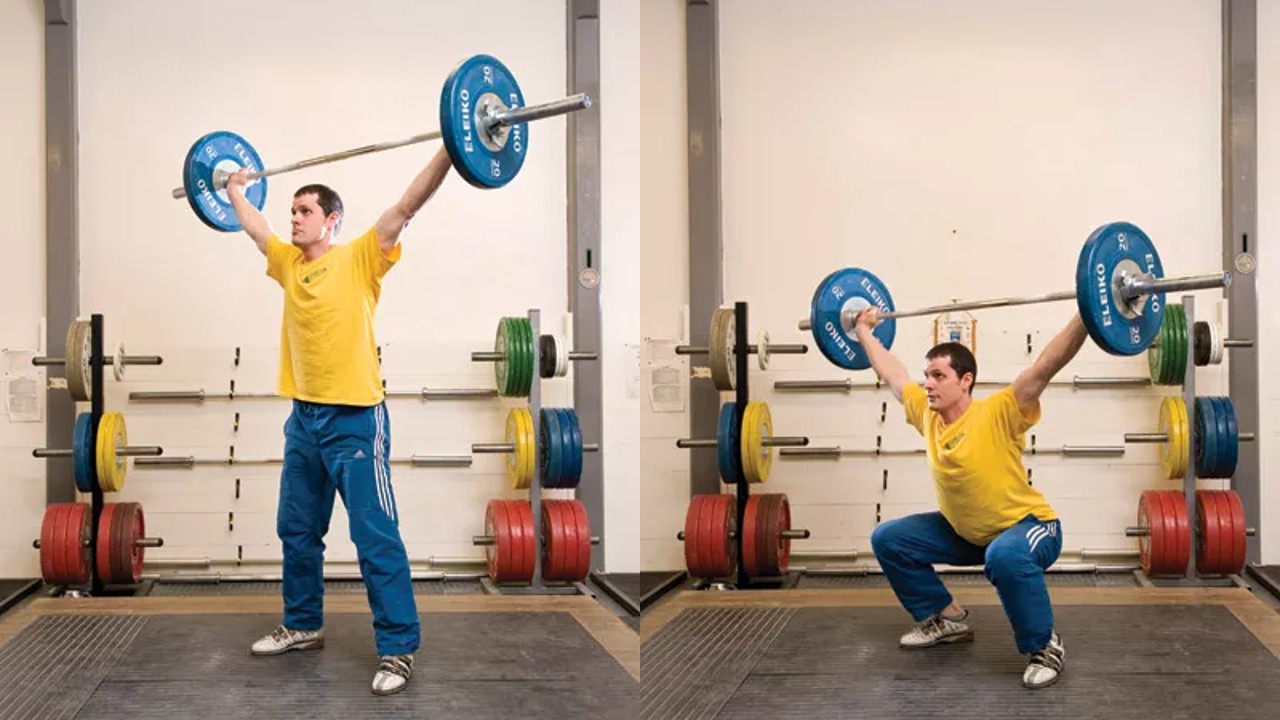
This is very good for core stability. It’s obviously a leg exercise but it's also good for keeping your stomach and back muscles strong, because you can’t lean forward too much. It’ll keep you from injuring yourself in the other lifts. Start by snatching the bar, or taking it off a rack, with a wide grip.
Squat as low as you can without relaxing – ideally your thighs should be just below parallel to the floor. If you’ve got a flexibility problem, just go a bit lower each time. If you arch your back you’ll drop it, so this one keeps you honest.
3 Push press
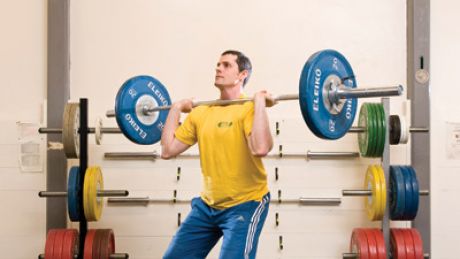
Whether you're a martial artist or a shot putter, this one will develop leg power. Take the bar off the stand if you're in the gym, so you don't have to learn the power clean. Keep your chest up and your back flat. Dip down and bend your knees into a quarter-squat.
Drive up hard with your legs, get all that power into the bar, then finish off with a pressing movement. Your body should stay upright – don’t lean forward or back. The main thing is to drive with the power from your legs.
Get the Coach Newsletter
Sign up for workout ideas, training advice, reviews of the latest gear and more.
4 Snatch high pull
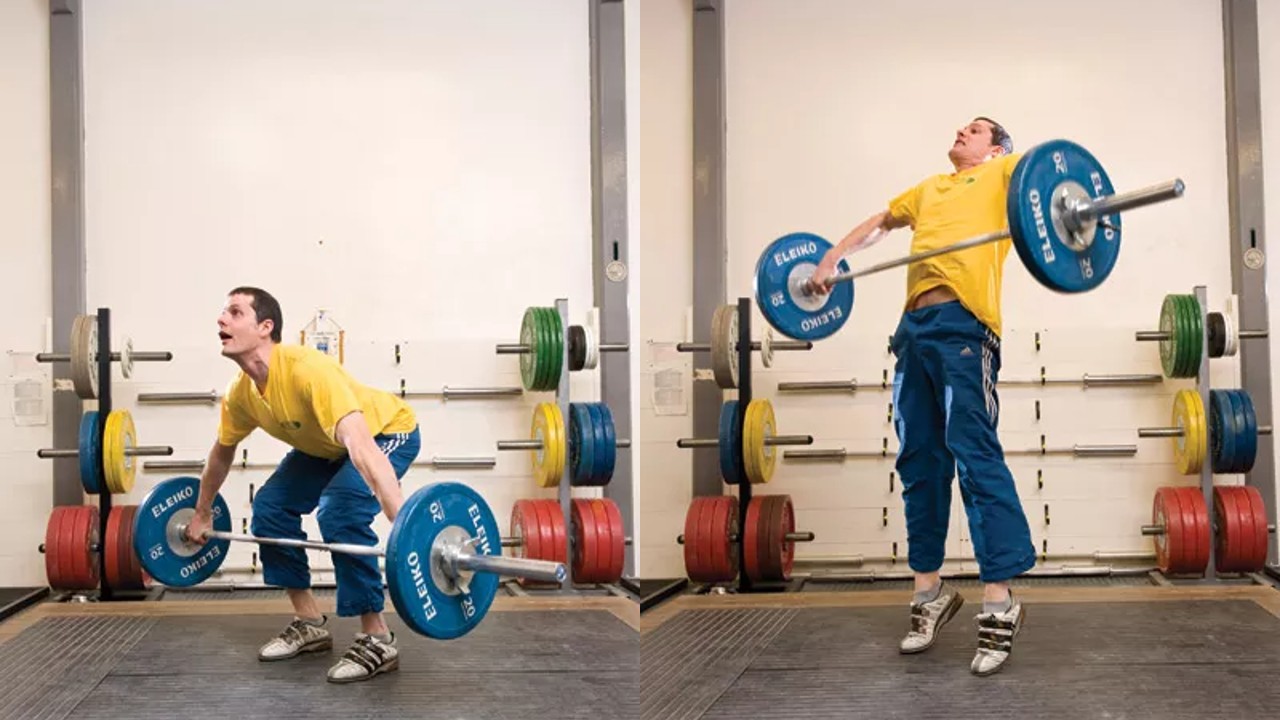
This is exactly the same as the start of the snatch. You want your elbows to make a 90˚ angle at the top, so start with a wide grip. Keep your bum down, chest up and look up, keeping your back straight all the way.
Once you get the bar past your knees, explode up like you’re jumping in the air. Push hard with your legs and pull on the bar, elbows up as high as you can get them. Always keep your back flat. Most weightlifting injuries aren’t that bad, but the one you must avoid is bending your back and slipping a disc.
From 2008 to 2018, Joel worked for Men's Fitness, which predated, and then shared a website with, Coach. Though he spent years running the hills of Bath, he’s since ditched his trainers for a succession of Converse high-tops, since they’re better suited to his love of pulling vans, lifting cars, and hefting logs in a succession of strongman competitions.

